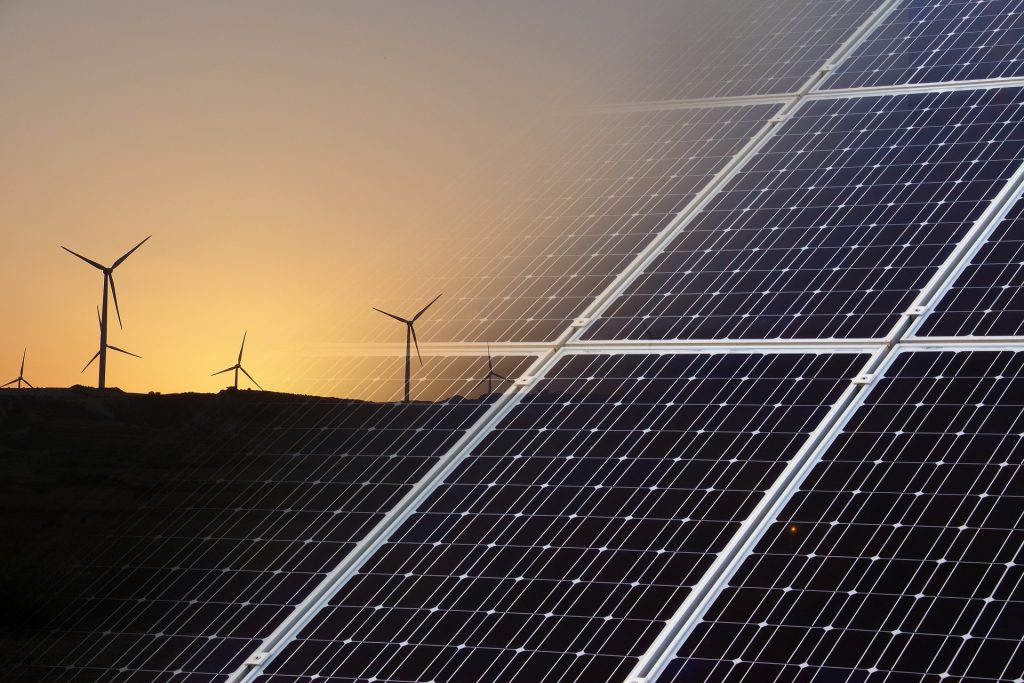- Client: European Parliament's Committee on Industry, Research and Energy (ITRE)
- Implementation period: January, 2017 - January, 2018 (Completed)
- Geographic coverage: European Union
- Theme: Energy
- Topic: Energy Policy Regulation and Markets
- Experts: Rob Williams, Lisa Eichler, Niclas Gottmann
How can EU funds best support the achievement of the Union’s ambitious energy and climate targets?
Since the release of the ‘2020 Climate and Energy Package’ by the European Commission in 2008, the EU has continuously vowed to do their adequate share to keep global warming inside the critical 2 degrees Celsius boundary. By 2030, this means that GHG emissions will have to be cut by 40% (compared to 1990 levels), that 27% of the energy mix will have to come from renewables, and that energy efficiency will have to be improved by 27%. This presents a unique financing challenge to European institutions, member states, and the private sector.
This analytical study conducted by Trinomics (lead) in collaboration with Öko-Institut e.V., provides a summary of the EU’s energy and climate targets, and estimates of additional investments in the energy sector required to achieve these. This is followed by a description of the current levels of EU-wide (public & private) energy investments and the contribution that EU programmes (under the multi-annual financial framework – MFF) and EU financial instruments make to them. The study concludes with a review of the gaps between current funding and the levels required to meet the targets and goals. It also provides a range of recommendations on what the EU could do to maximise the value of its own future contributions.

The key findings of the study are:
- There is a need to mobilise a large amount of additional investment if the EUs energy and climate targets are going to be met (roughly EUR 150bn annually).
- Most of the financing gap is made up of a lack in energy efficiency investments (roughly 137bn annually).
- The vast majority of current energy expenditure comes from sources other than the EU institutions and this is unlikely to change into the future.
- However, the EU’s programmes and FIs are designed to intervene (directly) where the market is failing, so its contribution (in terms of direct funding) is arguably appropriate.
- Beyond its direct funding, the EU’s important policy influence on incentives and market design is crucial in setting the appropriate enabling framework for achieving the energy and climate targets and goals.
- The design and implementation (including the monitoring and targeting of energy and climate relevant spending) of EU programmes and FIs could be improved but this should not overly interfere with the prime rationale for the programmes in question.